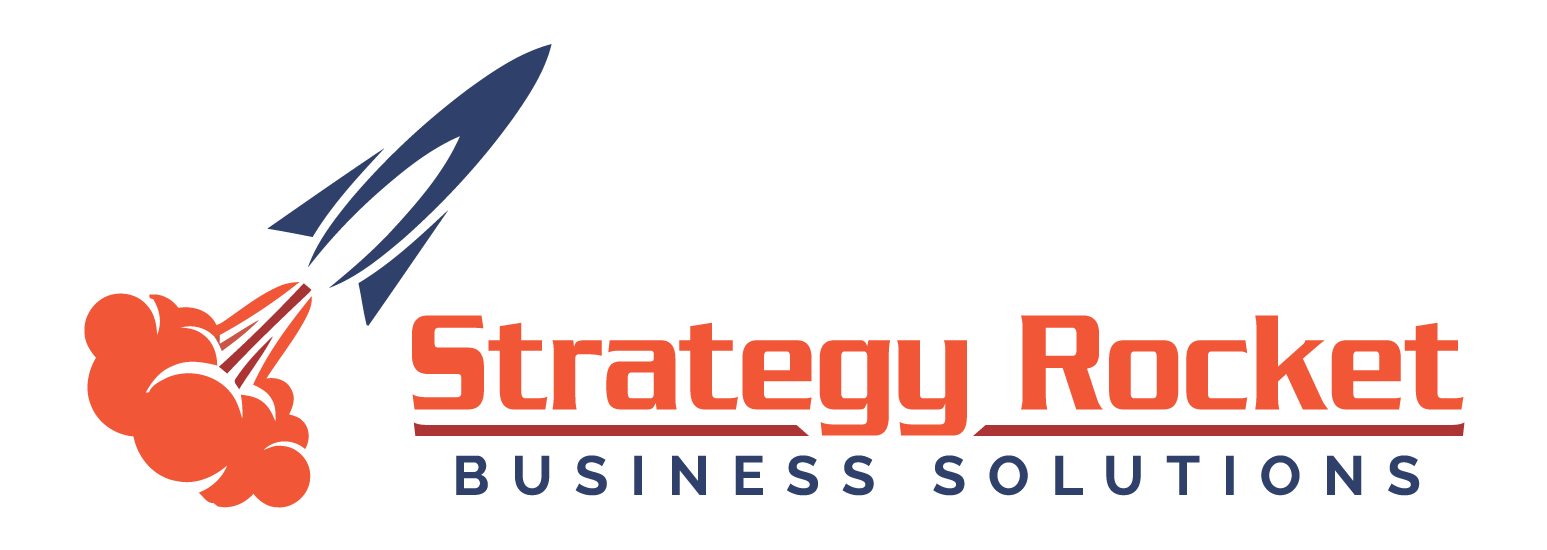Integrating human capital and artificial intelligence requires new skills, new designs, effective QA and robust feedback loops. The organizations that best deploy their human capital around the technology will enjoy organizational effectiveness, and thus, sustained competitive advantage.
Human Capital Implications:
Companies that organize their human capital resources, most effectively, around machine learning and AI will hold the sustained competitive advantage.
Quality Assurance:
The most secure jobs are those that require subject matter expertise with extremely deep domain knowledge, including fields like product management. Additionally, soft skills and the arts are resurfacing and becoming increasingly valuable for jobs in design and customer experience architecture, as a couple of examples. I believe that data mining, and some interpretation, will become less necessary. I think only the most advanced decision-makers will be required to employ the data outputs. This means the data has to be extremely accurate, and thus, the need for strong QA. Additionally, the computation must have a feedback loop in order to be able to accurately assess whether its predictions were correct.
Without strong Quality Assurance, the machine becomes an echo chamber of false information. This sabotages the integration of Artificial Intelligence and organizational effectiveness.
Human Capital and Artificial Intelligence in Talent Management
“Machine learning algorithms often work on a feedback loop. If they are not constantly retrained, they “lean in” to the assumed correctness of their initial determinations…”
Bias in Artificial Intelligence
Making decisions around culture fit introduces its own complexities, and the downstream effects impact the efficacy of the ATS. If I’m a hiring manager, I just might think I‘m a great culture fit. I really know how to get things done around here, and I might hire a top contender with characteristics similar to mine. My candidate should be a great culture fit! The hiring outcome feeds back into the ATS. This suggests that this candidate I chose is just the type to be successful! This hiring decision trains the ATS.
The ATS becomes inherently biased. A diverse team should be building and tweaking the tool to ensure it’s not reinforcing its own biases. This will reduce the probability of unconscious bias within the programming. After you select your dream candidate, you must now immerse them in your culture to ensure their satisfaction and integration. We must redeploy our resources, to create these fantastic employee experiences. We cannot nurture these relationships and retain our employees with machines, alone.

